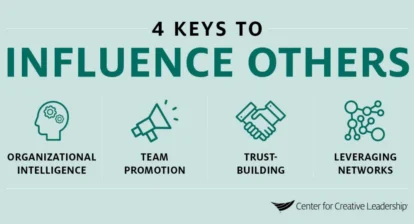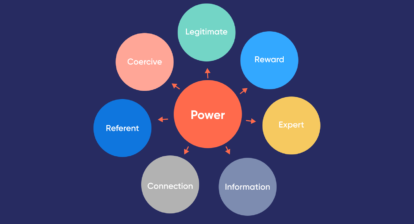Hello to our aspiring leaders, team collaborators, sales professionals, and decision-makers! Today, we dive deep into a tool that could change how you perceive and navigate the world of influence – the Power-Interest Model.
At Debra Stevens Training & Coaching, we’re firm believers in the idea that knowledge is power. And when we understand the dynamics of influence, we can more effectively persuade, communicate, and interact. Let’s explore together.
What is the Power-Interest Model?
The Power-Interest Model, often used in stakeholder analysis and management, helps us to categorise individuals or groups based on their level of authority (‘power’) and their level of concern or interest (‘interest’) in a particular change, project, or decision.
Why Should You Care?
- Efficient Resource Allocation: By understanding who holds significant power and interest, we can determine where to invest our time and resources.
- Enhanced Communication: It allows us to tailor our communication based on the needs and influence of various stakeholders.
- Strategic Decision Making: Decisions can be made more strategically by considering the influences and interests of those involved.
Breaking It Down: The Four Quadrants
- High Power, High Interest: These are your key players. They have a significant stake and influence over decisions. Engage with them regularly and make them a part of your decision-making process.
- High Power, Low Interest: While they have power, they may not be overly concerned about the specific decision or project. It’s essential to keep these individuals informed but not overwhelmed with details.
- Low Power, High Interest: These individuals care deeply about the decision but may not have significant influence. They can be excellent sources of insight and feedback, so ensure they’re kept in the loop and their opinions are valued.
- Low Power, Low Interest: Monitor these individuals, but they typically require less direct engagement. However, be mindful that situations change, and their power or interest levels might shift.
Applying It In Your Role
- Aspiring Leaders: Understand the dynamics of your team and organisation. By identifying key stakeholders, you can more effectively champion change and lead initiatives.
- Team Collaborators: Ensure that all voices are heard. Use the model to give weight to perspectives that might be undervalued.
- Sales Professionals: Tailor your pitch and approach based on the power and interest of potential clients or stakeholders.
- Decision-Makers: Make informed decisions by weighing the input and reactions of all relevant stakeholders.
In Conclusion
The Power-Interest Model is more than just a theoretical tool. When used effectively, it can transform your interactions, communication, and overall influence at work. As we always emphasise at Debra Stevens Training & Coaching, understanding dynamics, boosting personal influence, and enhancing communication skills are the foundations of success. So, let’s embrace the Power-Interest Model and start making more impactful decisions!
Stay tuned for more insights and tools to help you excel in your professional journey. After all, together, we learn, grow, and influence.





